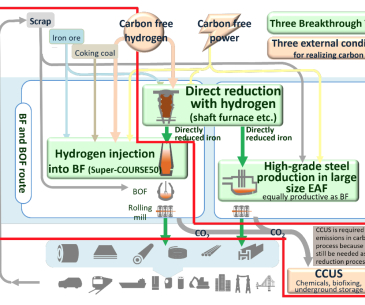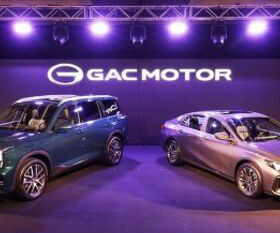Nippon Steel to invest in Canadian coal company; steelmaking coal offtake agreement
Green Car Congress
FEBRUARY 22, 2023
EVR), which will be spun-off from Teck as an independent publicly-listed Canadian company and will own and operate the steelmaking coal business previously conducted by Teck. Nippon Steel has conducted technological development to reduce CO 2 emissions by injecting hydrogen into blast furnaces since 2008.

























Let's personalize your content